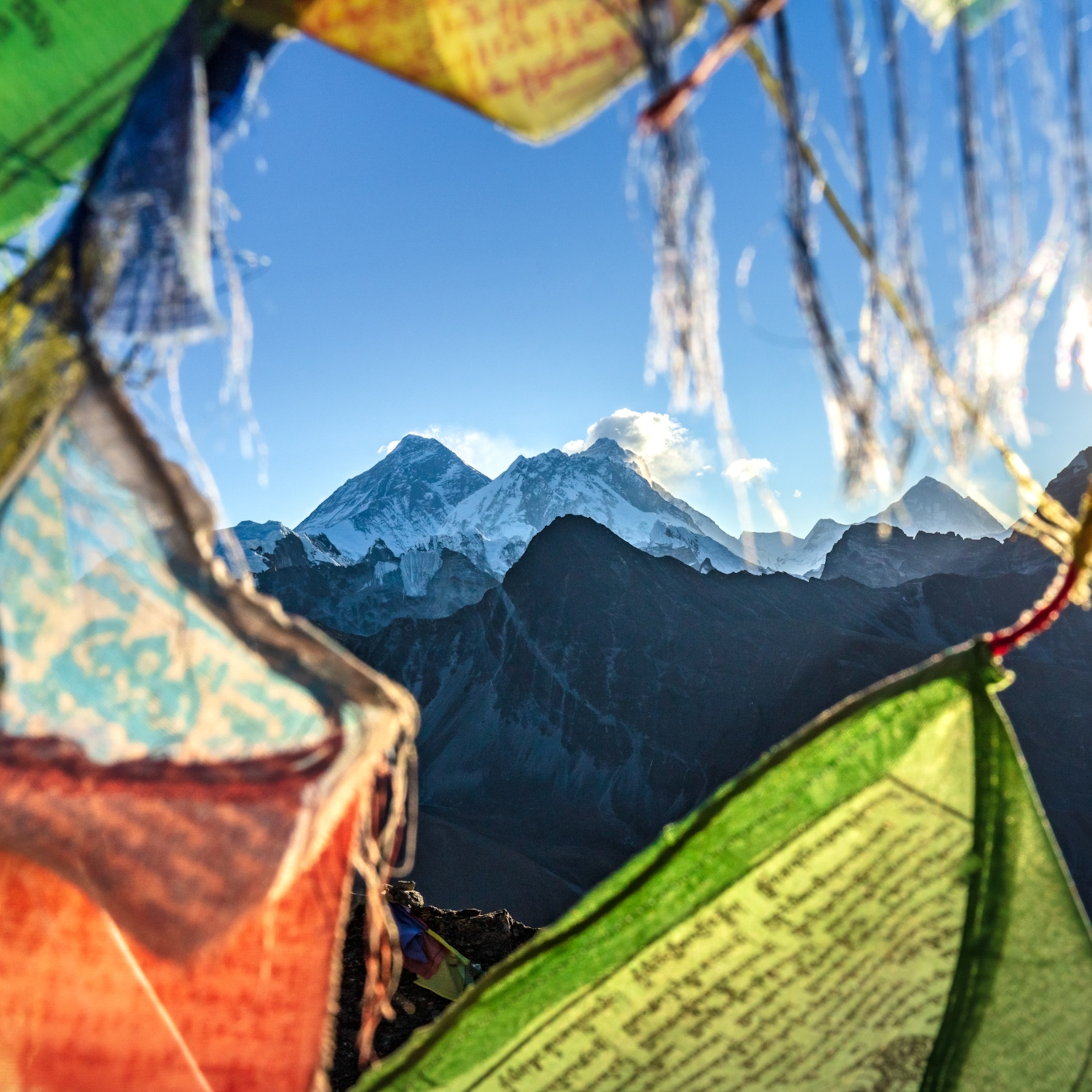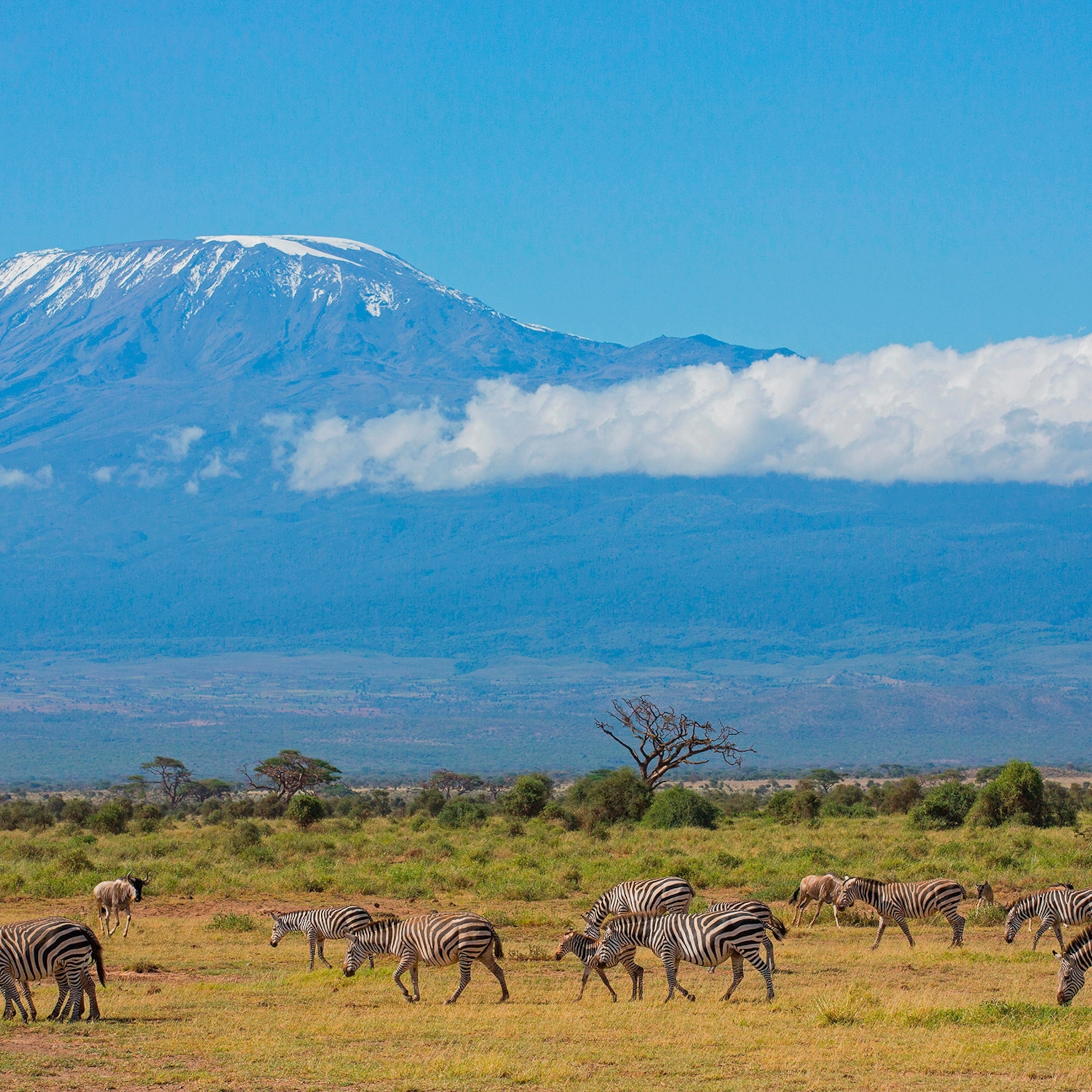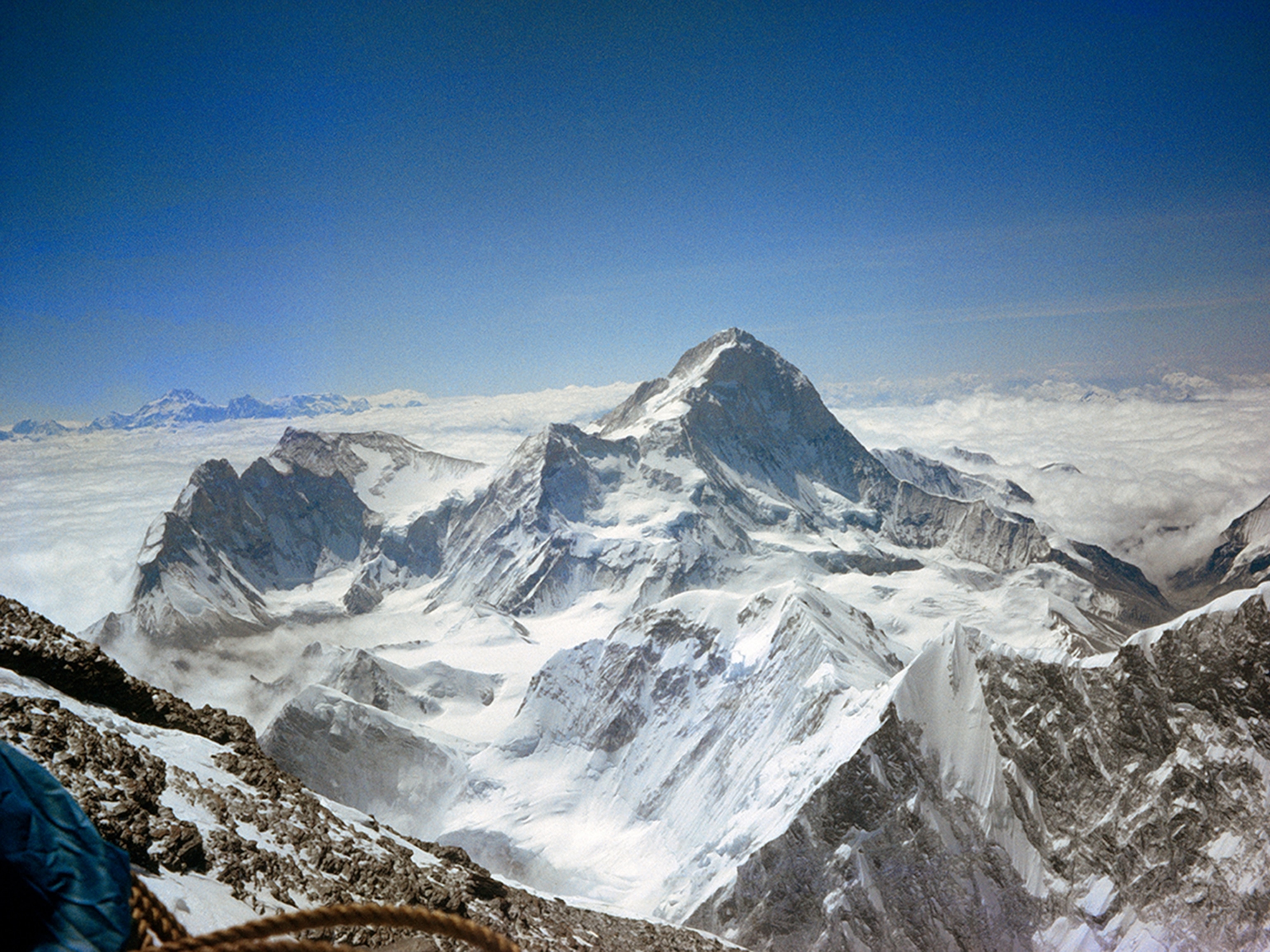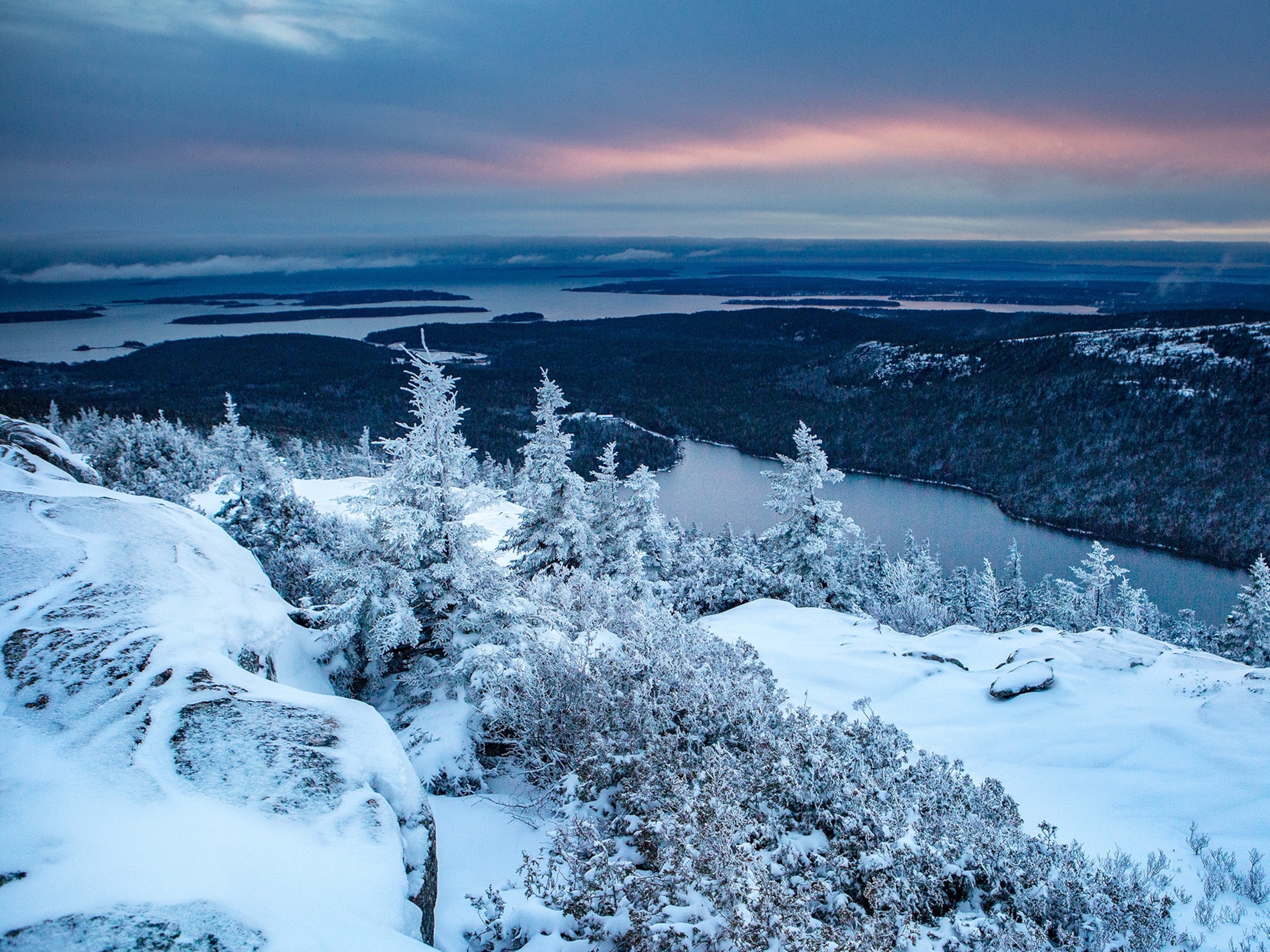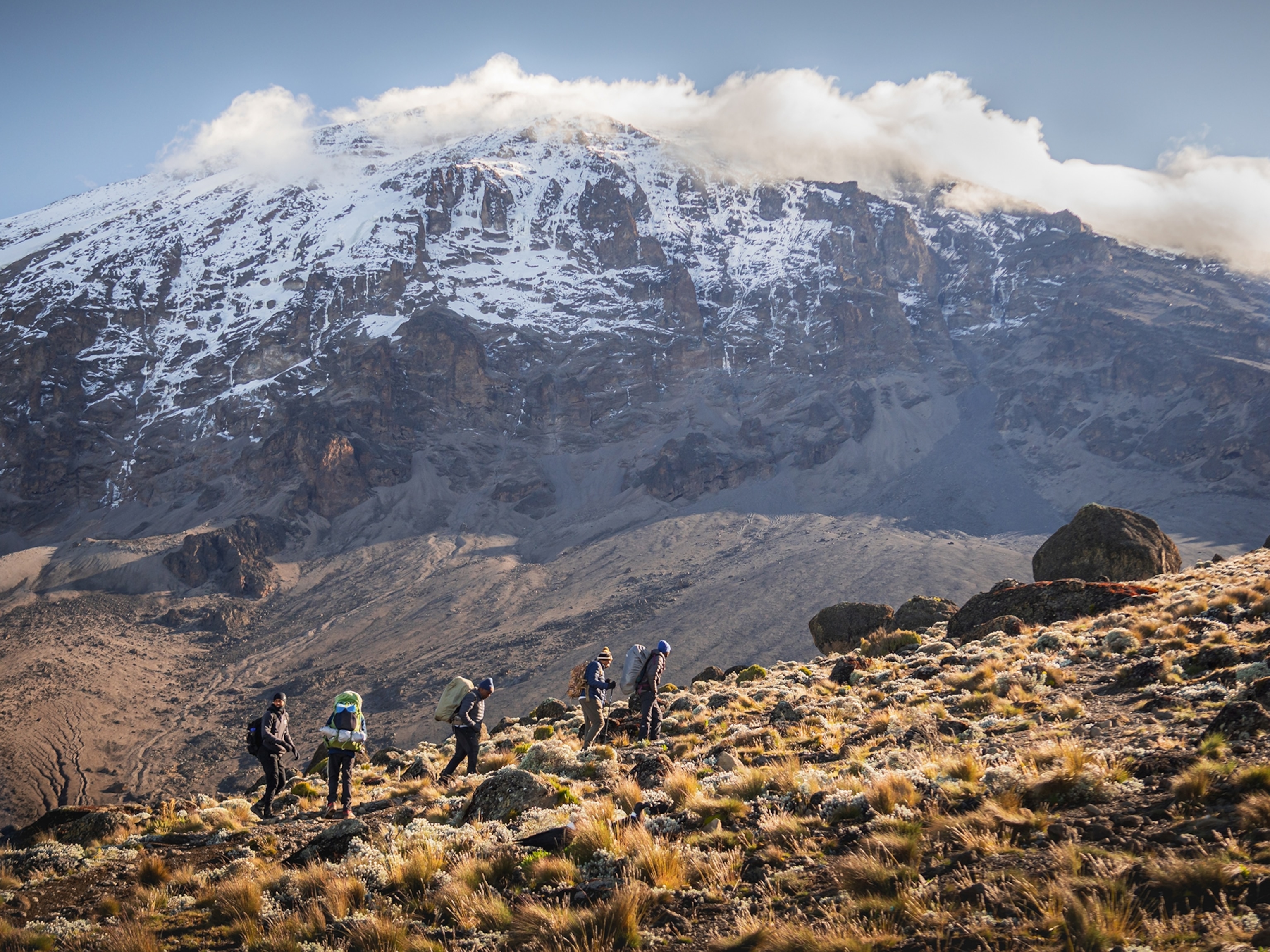
Mount Everest Fight Raises Questions About Sherpas
The Sherpas play a complex, evolving role on the increasingly popular peak.
The weekend scuffle between a group of Sherpas and a small band of Western climbers high on Everest has raised some basic questions about the nature of the Sherpa-climber social contract, and about the culture of Sherpas. Although the term "Sherpa" has long been a part of the popular lexicon, outsiders generally know little about the role they play in Himalayan climbing.
The Sherpas are a small ethnic group that share many cultural, racial, and linguistic features with Tibetans, who live to their immediate north. About 3,000 Sherpas reside in the drainage areas immediately below Everest; a population of 20,000 or more live in villages to the south.
Until the early 1950s, no high Himalayan peak in Nepal had ever been climbed—at least by mortals, the Sherpas say. Then, as now, they saw the Himalayan peaks and foothills as the realm of a cavorting pantheon of gods. Presciently, a prominent Sherpa Buddhist lama predicted 80 years ago that much attention would come to be focused on Everest, and that people would "suffer hardship as a result of negative deeds generated in her vicinity." (Read dispatches from National Geographic's Mount Everest expedition.)
The Buddhist lamas, the spiritual leaders of the Sherpa community, say that one's motivation in climbing Everest and the nearby peaks is of key importance. Foreign climbers, when asked why they climb mountains, offer a range of responses: Testing one's limits. Personal achievement. Companionship in a shared challenge. Escape. Fun. Spiritual understanding. One Everest climber admitted that he merely wanted a bullet point on his resume.
By comparison, Sherpas share a rather straightforward motivation: Mountaineering is their livelihood, and they do it to support their families. It's tough, seasonal work—similar to the role of commercial fishing in Alaska for enterprising college students. They approach the task with good cheer, and the pay is exceptional by Nepal's standards (high-altitude Sherpas earn several times the prime minister's monthly salary).
Nonetheless, wives of Sherpas who climb are known to hike to Base Camp to persuade their husbands to give up expedition work.
"Climbing is exciting, but dangerous," a young Sherpa named Lhakpa recently told me. "It's best left to young, single men." Like many high-altitude Sherpas, Lhakpa plans to retire early, build a lodge, and invest in the "bigness"—business—end of climbing and trekking. And as the Incarnate Lama of the Tengboche Monastery pointed out, "You can't eat climbing awards, or numbers of summits." (Read more about National Geographic's 2012 Mount Everest expedition.)
Besides, Buddhists feel that casually placing one's precious human body at mortal risk is irresponsible, especially for a frivolous, recreational pursuit such as climbing. The Tengboche Lama has admitted that he doesn't always feel comfortable offering traditional blessings to foreign expeditions, saying that he's tempted to counsel them to take up other pursuits instead. But most Sherpas, for their part, need the work and the money. As everywhere, pay and profit tend to prevail over religious pursuits, though the latter are a close second.
The Sherpas and the sahibs—the Sherpas' generic, not necessarily deferential, moniker for foreign climbers—share an extremely close relationship. And it's an unusual one, in cross-cultural terms, given that they originate in such different worlds. They have found a near perfect symbiosis on the side of Mount Everest. Each provides for the other what they lack: manpower for the sahibs, money for the Sherpas.
But the dynamic goes beyond this. They each embody the romantic human ideal that each is striving for: The sahibs see the Sherpas as spiritual, grounded, resourceful, self-effacing, and light-hearted. To the Sherpas, the well-educated sahibs have an enviable command of technology and organization. In many ways, they want to become more like each other.
For Sherpas and foreign guides, the job of establishing and fixing a route up Everest can be described as a tense work situation. They toil long hours together or beside each other (or above and below each other—hence the falling shards of ice that initiated the recent scuffle). The stakes are high. They need to establish a safe route over difficult terrain for hundreds of climbers and guided clients.
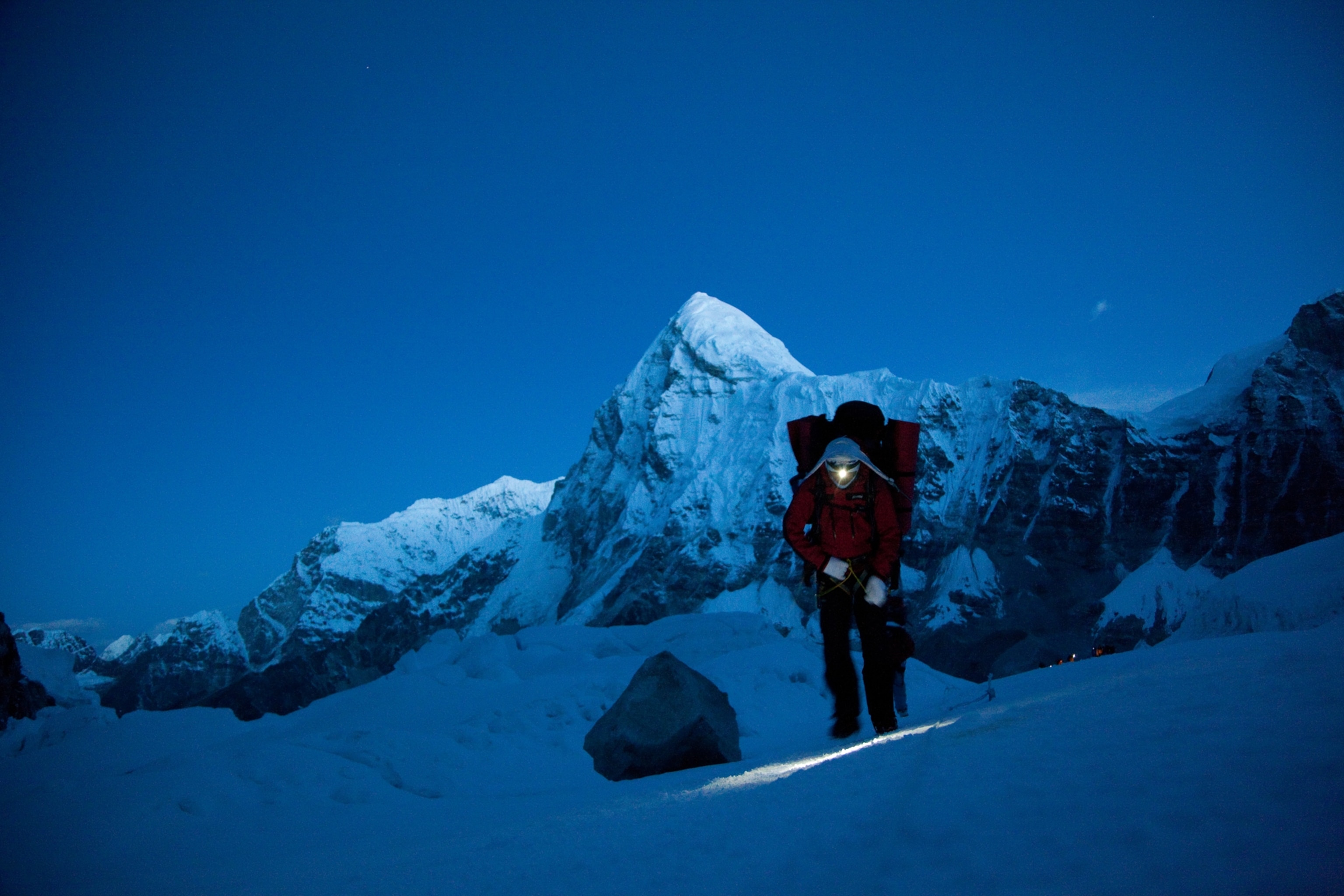
Briefly put, arguments happen, as they do in most workplaces—among sahibs, among Sherpas, and occasionally between Sherpas and sahibs. The Sherpas are fiercely loyal (they are often related to each other), and they have a keen sense of fairness. They are also aware that the anger that naturally develops in such work situations should be tempered with understanding.
The understanding part comes in because the south side of Everest is regarded as a béyül—one of several "hidden valleys" of refuge designated by Padmasambhava, the ninth-century "lotus-born" Buddhist saint, revered by the Sherpas as Guru Rinpoche.
And a full-on deity resides on Mount Everest herself: Miyolangsangma, the "Goddess of Inexhaustible Giving." The mountain is her palace and playground, and Sherpas view climbers and themselves as only partially welcome guests, all of them having arrived without invitation. It is this goddess's power, one Sherpa Buddhist monk said, that has delivered to the Sherpas great bounty—in the form of climbing expeditions and foreign travelers, to begin with.
Thus, Everest and her flanks are blessed with spiritual energy, and the Sherpas say that one should behave with reverence when passing through this sacred landscape. Here, the karmic effects of one's actions are magnified, and even impure thoughts are best avoided. When climbing, opportunities for fateful mishaps abound.
The scuffle that occurred at Camp 2 on Everest may have merely been a garden variety of professional jealousy. Simone Moro and Ueli Steck are skilled, professional, thoughtful climbers. And now—after a half-century of struggle, training, and experience—the Sherpas are exactly that too. Eastern-minded Westerners are intersecting with, well, Western-minded Easterners.
During the 1963 American Mount Everest expedition, Sherpas and Americans alike experienced a mutual loss of innocence. Arguments broke out then too—serious ones. And then everyone came to terms and returned to work in a spirit of professionalism and good cheer. It's the Sherpa way: fairness and forgiveness on an equal footing.
So, in the years to come, who will wind up as kings of the mountain? Sahibs or Sherpas? Don't be surprised if the Sherpas abandon the race to the summit altogether, and cede Everest to the designs of the recreation-obsessed sahibs.
The Sherpas have demonstrated a remarkable ability to learn, adapt, and excel. In less than two generations, they have traversed a staggering cultural arc. They have gamely followed the natural progression from noble savage (of romantic proportions) to renaissance men and women. Many have targeted careers as doctors, airline pilots, scientists, and professionals.
Along the way, they have seen the world and found it to be a big place, where there's room for everyone—and no need for fixed ropes. The Sherpas of tomorrow have already embarked on a path toward goals that are bigger than Everest and its squabbles.
Editor's Note: Broughton Coburn contributed a chapter to National Geographic Books' forthcoming The Call of Everest, to be released May 14, and he is the author of the recently released The Vast Unknown: America's First Ascent of Everest, from Crown Publishers.
